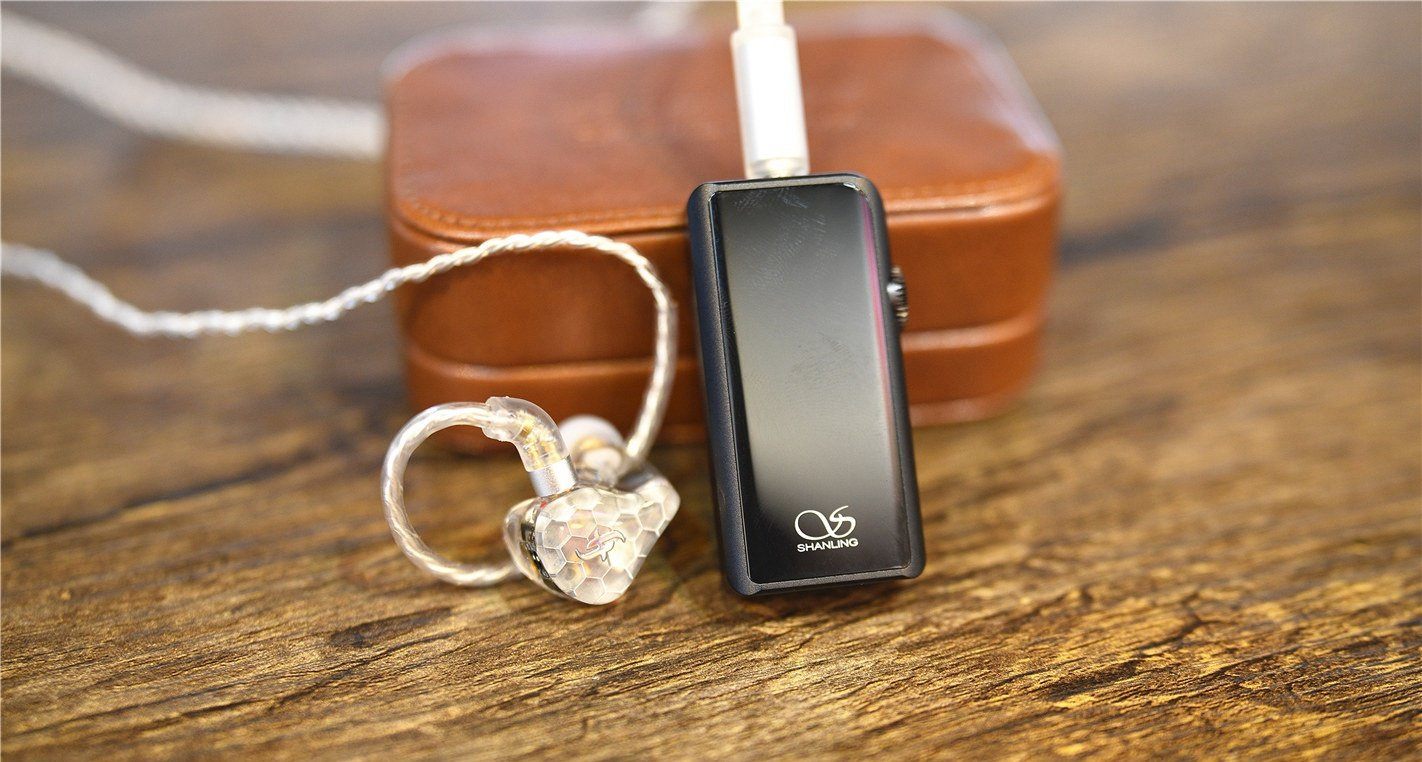The average user probably wouldn’t notice much of a difference between an integrated DAC and an external DAC, so there is a variation on integrated vs external DACs debate.
Does integrated and external Dacs make differences in quality?
It's, of course. It makes a huge difference, especially to people who are attuned to quality sound. The effect is similar to comparing a snowy TV picture to a clear one: you can watch the snowy picture, but it requires a lot of effort to filter out the noise.
A good DAC takes care of the noise as well as effectively interpolate the gaps left in digital media, leaving you to relax and enjoy the music. DAC technology has been the fastest mover in recent years so hesitancy to buy a component with a DAC baked in is understandable.
On the flip side, as long as the component has an extra aux port you can always add a stand-alone DAC later. In theory, an integrated component can offer better bang for the buck (especially if you don't already own a DAC) since it only requires one chassis, power supply, packaging and requires no interconnect, but stuffing everything into a single chassis may also introduce unique design constraints/compromises.
Why is Integrated DACs bad?
They’re not always bad. Integrated DACs range from serviceable to awful, and for many uses, the built-in DAC is perfectly fine. But a consumer computer is a collection of compromises. Between weight, power consumption, heat, and component cost, manufacturers have to make some tough calls in regards to what to include and what to leave out. And since few users will notice high-fidelity audio reproduction, manufacturers don’t bother to include a high-quality DAC chip. But even low-quality components can do a decent job. The single biggest problem faced by onboard DAC chips is electronic noise. Whether mounted on the motherboard or stuck to a PCI sound card, the DAC is within spitting distance of some very loud hardware. The electronic noise from the CPU alone is significant and often a complicating factor.
How is an External DAC better?
An outboard DAC decodes the digital bits in your music files with greater precision than the one in your device. And it bypasses your device's built-in audio output circuitry. An external DAC creates a stronger audio foundation for the rest of your equipment. Add in a solid amp and a pair of nice speakers or headphones, and you're in for a treat.
There are of course many reasons that people would want to own an external DAC and For me, there are 2 distinct advantages of owning external DACs. Firstly some of the DACs are just exceptional sounding and stand out from those that are available internally on DAPs. The second reason is that it allows me to change out my DAC frequently if something new comes out I am no longer tied to the one that exists inside my DAP.
Conclusion
The average user probably wouldn’t notice much of a difference between an integrated DAC and an external DAC. However, audiophiles with the right equipment will probably appreciate the greater sound fidelity provided by an external system. There is a growing consensus that MP3 is a horrible codec for quality audio, even at high bitrates. There are unpleasant artifacts in the sound. With a good DAC, however, these artifacts are almost undetectable, even to trained ears. Of course, once you have experienced good audio through a good DAC, you will dump MP3 for the much better FLAC format.
Remember, bad music will always be bad music. If, after getting a good DAC, it still sounds bad, consider changing your choice of music. You can spend tens of thousands of dollars on a luxury-grade DAC, but even a $50 external DAC/amp combination will likely improve cellphone sound in a noticeable way.





Leave a comment
All comments are moderated before being published.
This site is protected by hCaptcha and the hCaptcha Privacy Policy and Terms of Service apply.